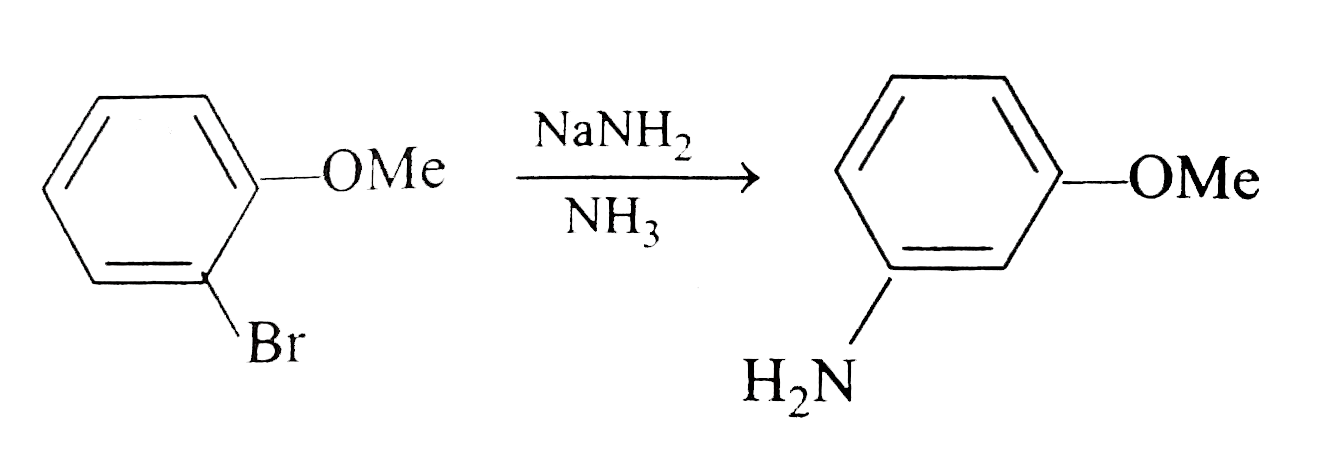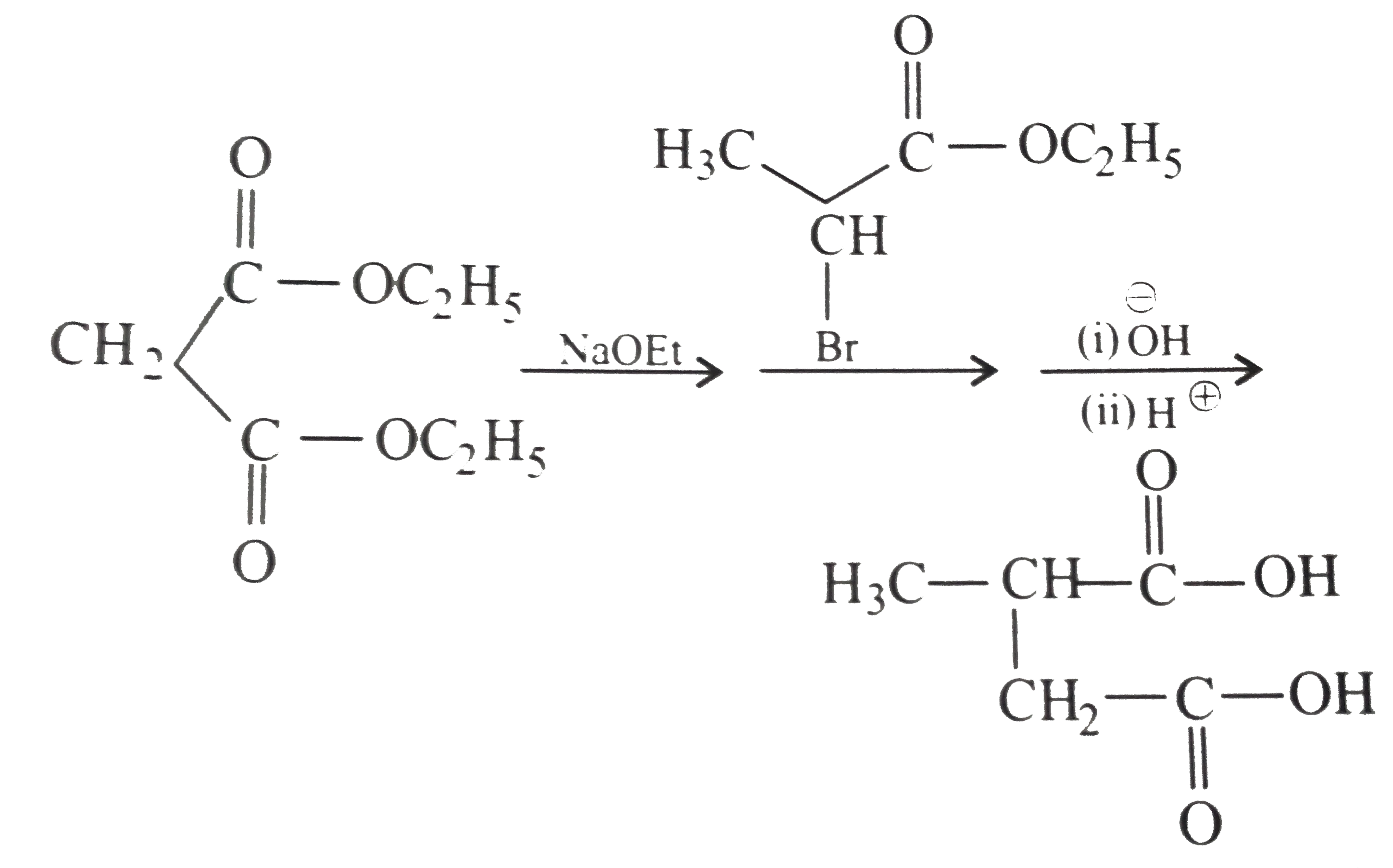Explain briefly the following
PCR
Step-by-Step Solution:
1. Definition of PCR: PCR stands for Polymerase Chain Reaction. It is a widely used technique in molecular biology.
2. Purpose of PCR: The primary purpose of PCR is to amplify a specific segment of DNA. This means that it can take a single copy of DNA and make thousands or even millions of copies of that particular DNA sequence.
3. Process of PCR: The PCR process involves three main steps:
- Denaturation: In this initial step, the double-stranded DNA is heated to separate it into two single strands. This is typically done at a temperature of around 94-98°C.
- Annealing: After denaturation, the temperature is lowered (usually to about 50-65°C) to allow short DNA primers to bind (or anneal) to the single-stranded DNA template. These primers are designed to flank the target DNA sequence that needs to be amplified.
- Extension: The temperature is then raised to around 72°C, which is the optimal temperature for the DNA polymerase enzyme to synthesize new DNA strands by adding nucleotides to the primers, thereby extending the DNA strands.
4. Repetition of Steps: These three steps (denaturation, annealing, and extension) are repeated for many cycles (usually 25-35 cycles) to exponentially amplify the target DNA sequence.
5. Outcome: The result of PCR is a large number of copies of the specific DNA segment, which can then be used for various applications such as cloning, sequencing, or genetic analysis.
---
- Denaturation: In this initial step, the double-stranded DNA is heated to separate it into two single strands. This is typically done at a temperature of around 94-98°C.
- Annealing: After denaturation, the temperature is lowered (usually to about 50-65°C) to allow short DNA primers to bind (or anneal) to the single-stranded DNA template. These primers are designed to flank the target DNA sequence that needs to be amplified.
- Extension: The temperature is then raised to around 72°C, which is the optimal temperature for the DNA polymerase enzyme to synthesize new DNA strands by adding nucleotides to the primers, thereby extending the DNA strands.
Topper's Solved these Questions
- PRINCIPLES AND PROCESSES IN BIOTECHNOLOGYBOOK - MBD -HARYANA BOARDCHAPTER - PRINCIPLES AND PROCESSES IN BIOTECHNOLOGYEXERCISE - EXERCISE
26 Videos
- PRINCIPAL OF INHERITANCE AND VARIATIONSBOOK - MBD -HARYANA BOARDCHAPTER - PRINCIPAL OF INHERITANCE AND VARIATIONSEXERCISE - EXERCISE
51 Videos
- REPRODUCTION IN ORGANISMSBOOK - MBD -HARYANA BOARDCHAPTER - REPRODUCTION IN ORGANISMSEXERCISE - EXERCISE
47 Videos
Similar Questions
Explain briefly the collision theory of bimolecular reactions.
View SolutionExplain briefly the formation of the products giving the
structures of the intermediates.
View SolutionExplain briefly the formation of products giving the structures of the intermediates.

View SolutionExplain briefly the formation of the products giving the structures of the intermediates

View SolutionExplain briefly the formation of the product giving structures of the intermediates.

View SolutionExplain briefly the formation of products giving the strcutures of the intermediates.
 .
.
View SolutionExplain briefly the components of physical distribution.
View SolutionExplain briefly the role of small industries in rural india.
View SolutionExplain briefly the concepts of velocity and acceleration.
View SolutionExplain briefly any three personal barriers to communication.
View Solution
